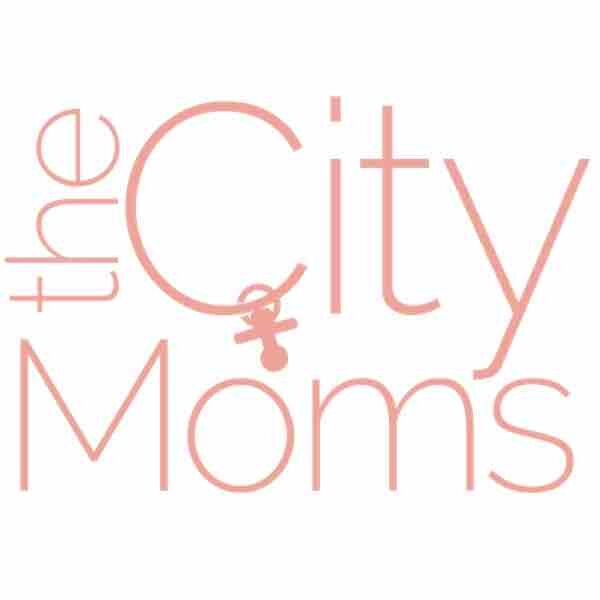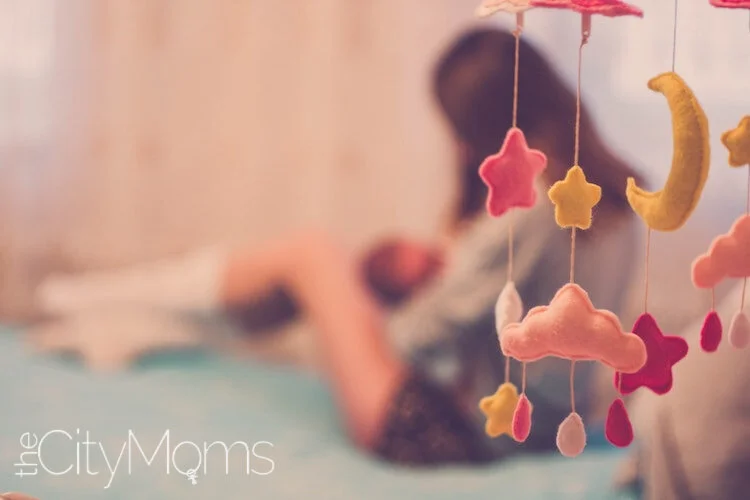Breaking down postpartum depression and anxiety
If you’re a mom, you’ve heard of the “baby blues,”: a few weeks of mood changes, increased emotions/crying, and difficulty sleeping or relaxing. With the emotional and hormonal roller coaster that occurs after childbirth - not to mention the physical recovery and OH! that baby you have to care for now - of course, many women feel upended. But what if these symptoms linger (or worsen)? Read on to discover what's typical of new motherhood and when it might be time to call the doc.
So it is depression, anxiety, or…both? Here’s how they differ:
Postpartum Depression or PPD
You've probably already heard a lot about this one, but are you confident you could recognize it in yourself? Moms with PPD experience longer-lasting and severe symptoms of depression that may occur for months or longer after baby comes. These can occur weeks, months, or even years (as we’ve seen in several of the stories shared this month) postpartum. If you’ve previously struggled with or have a family history of depression, you are also more prone to PPD.
You’re not alone…
So many moms experience a variety of PPA, PPD, and OCD after birth.
If you’re looking for support, start with this postpartum resources guide.
What are the symptoms of PPD?
Excessive sadness or depressed mood
Mood swings or frequent crying spells
Feeling like you can't take care of your baby or yourself
Withdrawing from family and friends
Sleeping too little or too much
Difficulty thinking clearly or focusing
For a complete list of symptoms, click here.
Now let’s talk about PPD’s lesser known little sister…
Postpartum Anxiety or PPA
Postpartum Anxiety often starts with excessive or repetitive worry about unlikely events. As a new mom - especially for the first time - it can be nearly impossible to know how much worrying is “normal.” Additionally, PPA is not routinely screened for like PPD. Because Depression and Anxiety often co-occur and share a few common symptoms, it’s important to understand the differences between them. You can sometimes recognize PPA in behaviors such as excessive attempts to control*, avoiding activities, or being overly cautious in otherwise safe situations.
What are the symptoms of PPA?
Excessive worrying or fears over your baby's safety
Intrusive thoughts or irrational fears
Feeling panicked or constantly on edge
Being afraid to leave your baby alone, even for a few minutes
Fear of leaving home with your baby
Racing heart, palpitations, or difficulty breathing
Disruptions in sleep and/or appetite
For a complete list of symptoms, click here.
*A note about Postpartum OCD:
The most common symptoms of Postpartum OCD are intrusive thoughts or concerns about your baby getting hurt and excessive worry about germs. While most moms can relate to everyday worries, if they start to interfere with daily functioning or make caring for your baby difficult, this could be a sign of something more serious.
If you relate to the symptoms above, bring it to your doctor’s attention ASAP. You know yourself best, so don’t let your feelings be dismissed as “typical mom worries” or “just baby blues.” Prioritize your mental and emotional health for your sake and baby’s.






